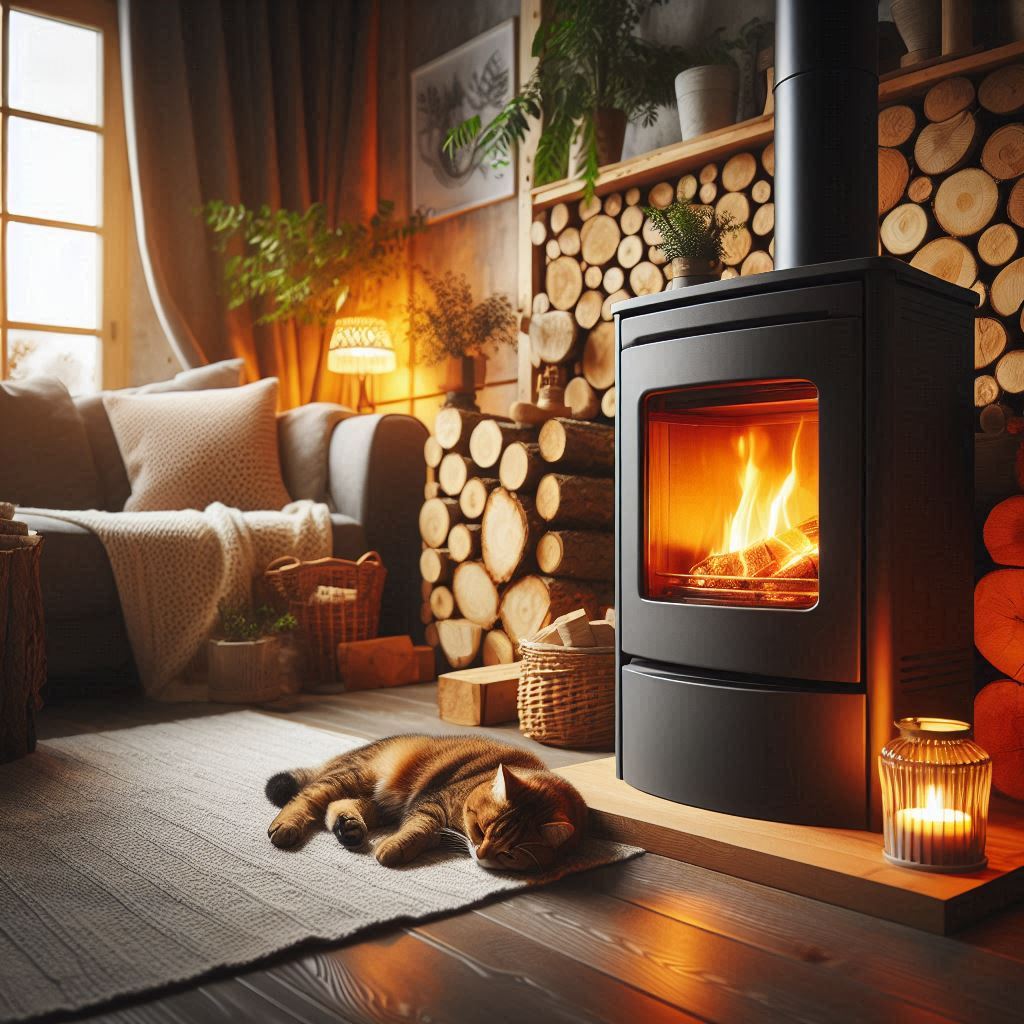How to improve the efficiency of your wood burning stove
Get the most from your stove

Wood burning stoves are a great way to heat your home and create a cozy atmosphere. But they can also be a source of pollution and waste if not used properly. Here are some tips on how to improve the efficiency of your wood burning stove and save money, energy and the environment.
Choose the right wood. The type and quality of wood you burn can make a big difference in the performance of your stove. You want to use dry, seasoned hardwoods, such as oak, maple, birch or ash. These woods have a high heat value and produce less smoke and creosote than softwoods, such as pine, spruce or fir.
Avoid using green, wet or rotten wood, as they will burn poorly and create more emissions.
Split and stack your wood properly. To ensure that your wood is dry and ready to burn, you need to split and stack it well in advance. Splitting the wood into smaller pieces exposes more surface area to the air, which helps it dry faster. Stacking the wood off the ground, in a sunny and well-ventilated area, and covering it with a tarp or a roof will protect it from rain and snow.
Ideally, you should season your wood for at least six months before burning it.
Maintain your stove and chimney. A clean and well-maintained stove and chimney will improve the efficiency and safety of your wood burning system. You should inspect your stove regularly for any cracks, leaks or damages, and repair them as soon as possible. You should also clean your stove and chimney at least once a year, or more often if you use it frequently or notice signs of creosote buildup, such as black smoke, sparks or a strong smell.
Creosote is a highly flammable substance that forms when wood smoke condenses on the walls of the chimney. It can cause chimney fires and reduce the draft of your stove.
Use the right amount of wood and air. To achieve a complete and efficient combustion, you need to balance the amount of wood and air in your stove. Too much wood will smother the fire and create more smoke and creosote. Too little wood will result in a low temperature and a weak flame. You should use enough wood to fill the firebox to about two-thirds of its capacity, leaving some space for air circulation. You should also adjust the air vents on your stove to control the airflow and regulate the temperature.
You want to have a bright and lively fire, with yellow-orange flames and little or no smoke.
Use a thermometer and a fan. A thermometer is a useful tool to monitor the temperature of your stove and optimize its efficiency. You can attach a magnetic thermometer to the stove pipe or the stove body, depending on the model of your stove.
The ideal temperature range for most stoves is between 200°C and 275°C (400°F and 525°F). If the temperature is too low, you need to add more wood or increase the air supply. If the temperature is too high, you need to reduce the wood or decrease the air supply.
A fan is another accessory that can help improve the efficiency of your stove by distributing the heat more evenly throughout the room. You can place a fan behind or above your stove, or use a specially designed eco-fan that runs on the heat of the stove itself.
